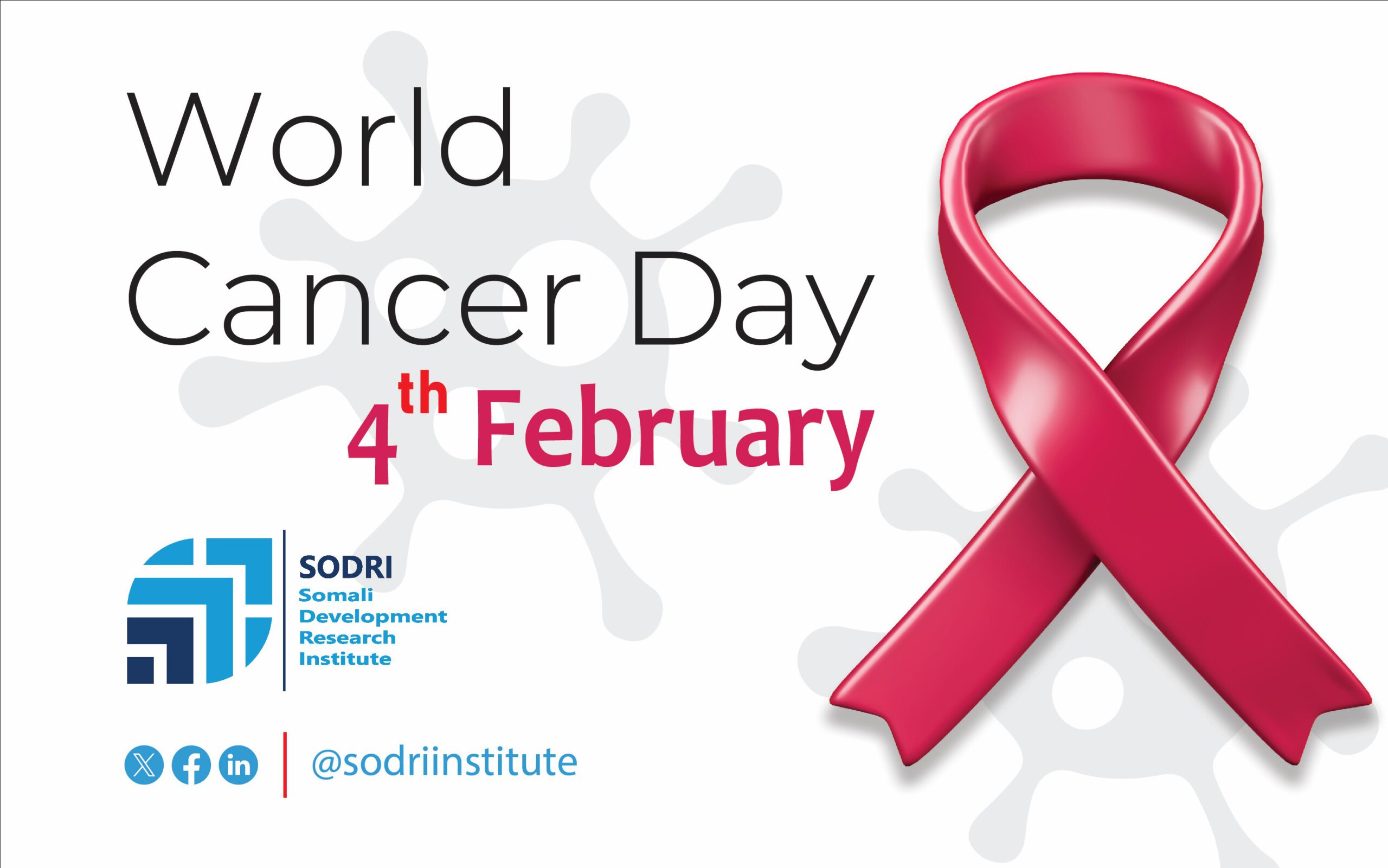The Evolution of Cancer: From Ancient Times to Modern Day
Cancer, one of the most complex and challenging diseases in human history, has been a part of our story for thousands of years. From its earliest mentions in ancient texts to the cutting-edge treatments of today, our understanding of cancer has evolved dramatically. This article traces the journey of cancer from its discovery to the present day, highlighting the key changes in how we perceive, diagnose, and treat this disease.
Ancient Beginnings: The First Encounters with Cancer
The history of cancer dates back to ancient civilizations. The earliest known description of cancer was found in the Egyptian Edwin Smith Papyrus (circa 1600 BCE), which documented cases of breast tumors. The term “cancer” itself comes from the Greek physician Hippocrates (460–370 BCE), who used the words karkinos (crab) and karkinoma to describe tumors, as their growth patterns resembled the shape of a crab.
In ancient times, cancer was poorly understood. Treatments were limited and often involved herbal remedies, surgery, or cauterization. The lack of knowledge about the disease led to many misconceptions, and cancer was often seen as a curse or divine punishment.
The Middle Ages and Renaissance: Slow Progress
During the Middle Ages and Renaissance, medical knowledge advanced slowly. Cancer was still a mystery, and treatments remained primitive. Surgeons attempted to remove tumors, but without anesthesia or proper sterilization, the procedures were often fatal.
The invention of the microscope in the 17th century marked a turning point. Scientists like Antonie van Leeuwenhoek began to observe cells, laying the groundwork for understanding the microscopic nature of disease. However, it would take centuries for this knowledge to be applied to cancer.
The 19th Century: The Birth of Modern Oncology
The 19th century saw significant advancements in medicine and science, which began to shed light on cancer. Key developments included:
- Rudolf Virchow’s Cellular Pathology (1858): Virchow proposed that diseases, including cancer, arise from abnormalities in cells. This was a groundbreaking idea that shifted the focus to cellular biology.
- The Discovery of Anesthesia and Antiseptics: These innovations made surgery safer and more effective, allowing for the removal of tumors with lower risks of infection.
- The First Mastectomy: In 1882, William Halsted performed the first radical mastectomy for breast cancer, a procedure that became standard for decades.
Despite these advancements, cancer was still poorly understood, and treatments were limited to surgery and rudimentary radiation therapy.
The 20th Century: A Revolution in Cancer Research
The 20th century marked a turning point in the fight against cancer. Key milestones included:
- The Discovery of Radiation Therapy: In the early 1900s, Marie Curie’s work on radioactivity led to the development of radiation therapy, which became a cornerstone of cancer treatment.
- Chemotherapy: During World War II, scientists discovered that nitrogen mustard gas could shrink tumors. This led to the development of chemotherapy drugs in the 1940s and 1950s.
- The War on Cancer: In 1971, U.S. President Richard Nixon signed the National Cancer Act, launching the “War on Cancer.” This initiative significantly increased funding for cancer research and led to major breakthroughs.
- Understanding Cancer at the Molecular Level: The discovery of DNA’s structure in 1953 by Watson and Crick paved the way for understanding the genetic basis of cancer. Scientists identified oncogenes and tumor suppressor genes, revealing how mutations drive cancer growth.
The 21st Century: Precision Medicine and Immunotherapy
In the 21st century, cancer research has entered a new era of precision and innovation. Key advancements include:
- Genomic Medicine: The completion of the Human Genome Project in 2003 revolutionized cancer research. Today, genetic testing allows doctors to identify specific mutations in a patient’s tumor and tailor treatments accordingly.
- Targeted Therapies: Drugs like imatinib (Gleevec) and trastuzumab (Herceptin) target specific molecules involved in cancer growth, offering more effective and less toxic treatments.
- Immunotherapy: Harnessing the immune system to fight cancer has been a game-changer. Treatments like checkpoint inhibitors and CAR-T cell therapy have shown remarkable success in treating previously untreatable cancers.
- Early Detection and Screening: Advances in imaging technology and biomarker research have improved early detection, increasing the chances of successful treatment.
- Artificial Intelligence: AI is being used to analyze medical data, predict treatment outcomes, and develop new drugs faster than ever before.
What Has Changed?
- Understanding: From viewing cancer as a mysterious curse to understanding its genetic and molecular basis, our knowledge has grown exponentially.
- Treatment: Treatments have evolved from crude surgeries to highly targeted therapies and immunotherapies.
- Prevention: Public health campaigns have reduced risk factors like smoking, while vaccines (e.g., HPV vaccine) prevent cancer-causing infections.
- Survivorship: Cancer is no longer a death sentence. Many cancers are now treatable, and survivorship rates have improved significantly.
What Remains the Same?
Despite these advancements, challenges remain:
- Access to Care: Disparities in access to cancer care persist, particularly in low-income countries.
- Complexity: Cancer is not one disease but hundreds, each requiring unique approaches.
- Emotional Impact: The fear and stigma associated with cancer continue to affect patients and their families.
The Future of Cancer
The future of cancer research is promising. Scientists are exploring new frontiers, such as:
- Liquid Biopsies: Non-invasive tests to detect cancer early through blood samples.
- Cancer Vaccines: Vaccines to prevent or treat cancer by targeting specific mutations.
- Nanotechnology: Using tiny particles to deliver drugs directly to cancer cells.


